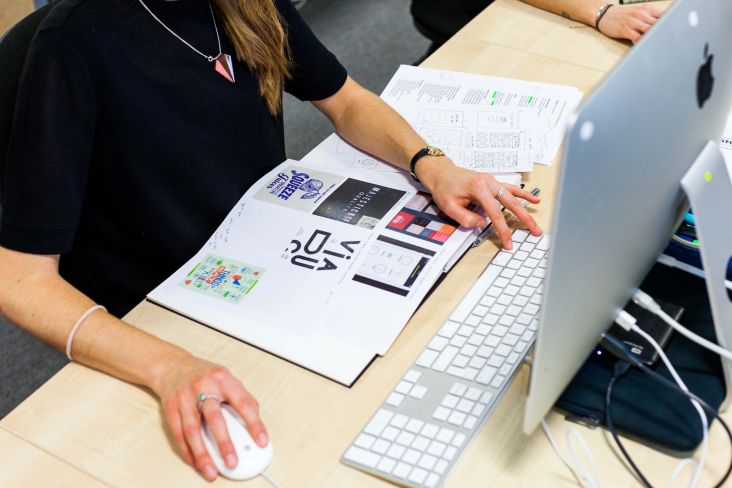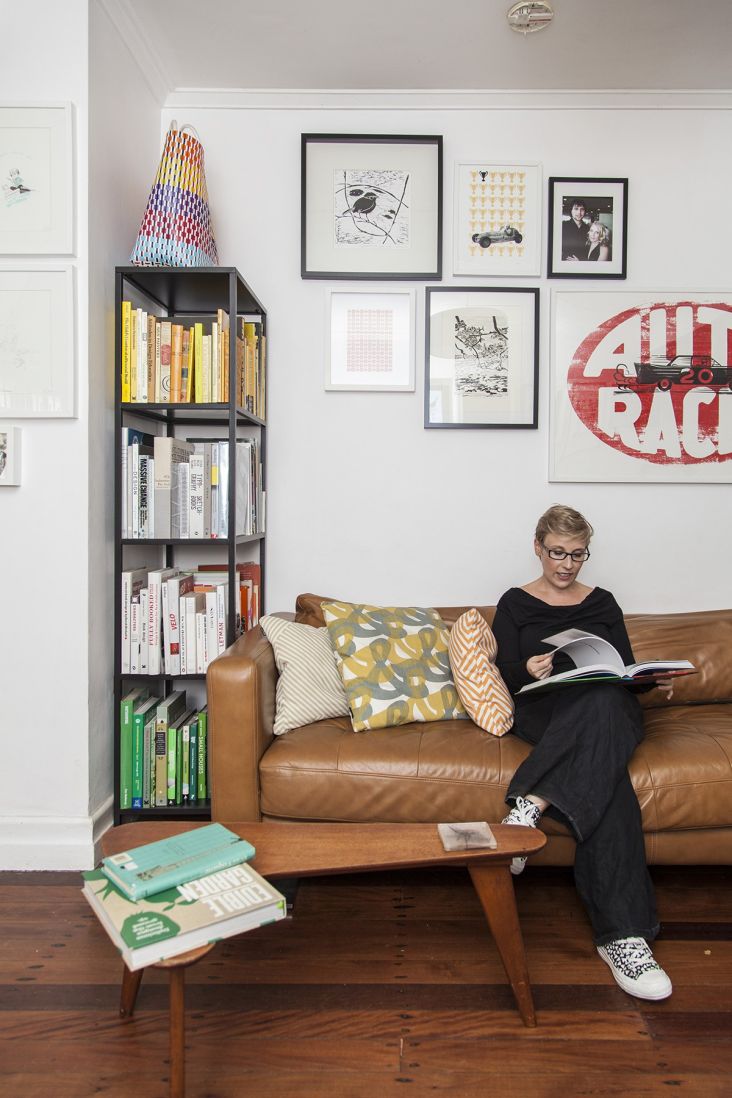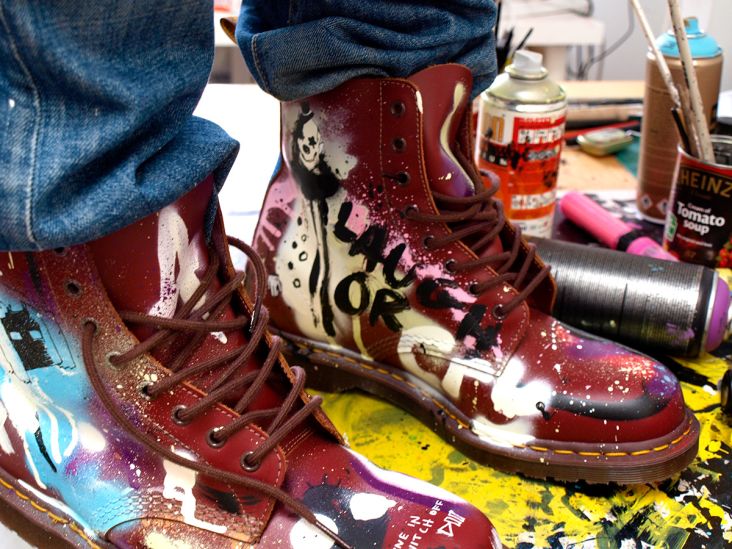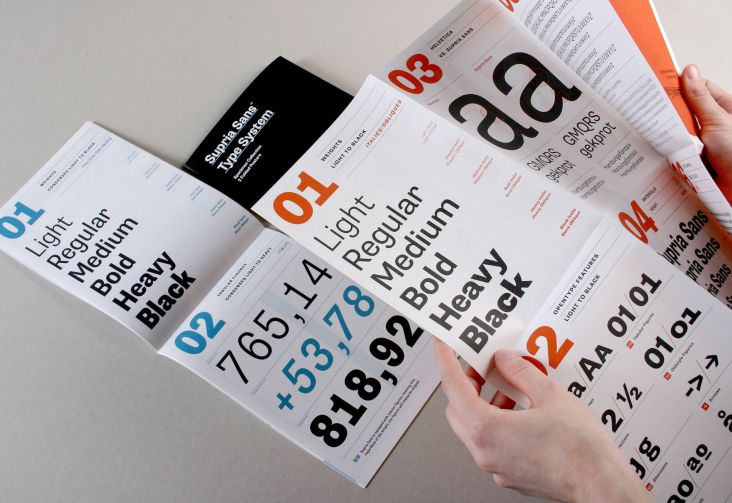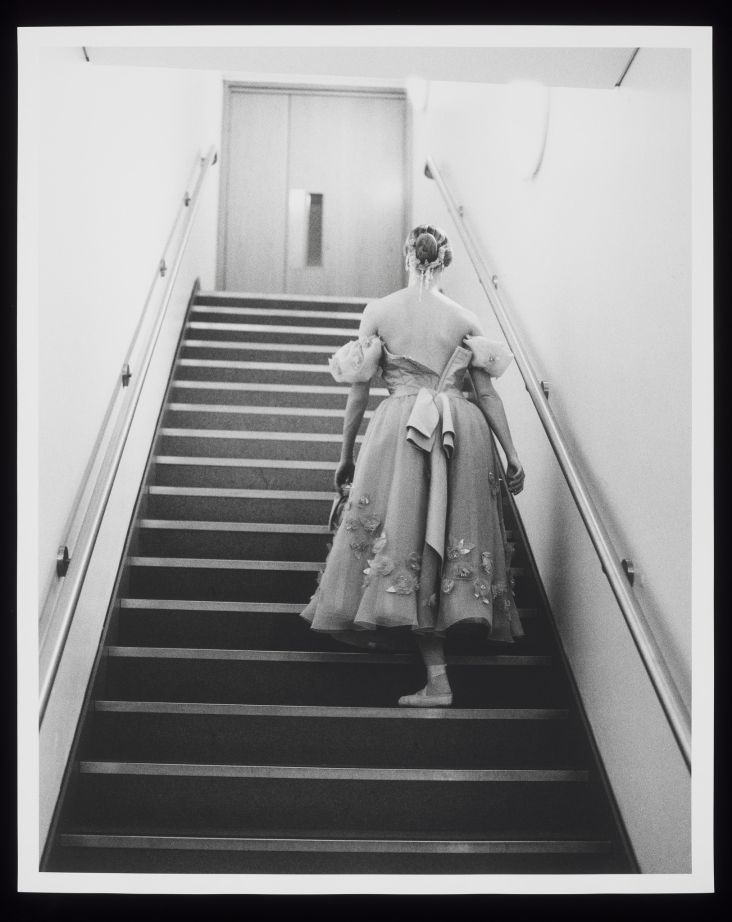Lessons learnt from 20 years of Moving Brands: How to build a successful creative business
For our latest tips articles, we're calling on the expertise of the industry, picking experts' brains to uncover nuggets of wisdom to share with you on Creative Boom.
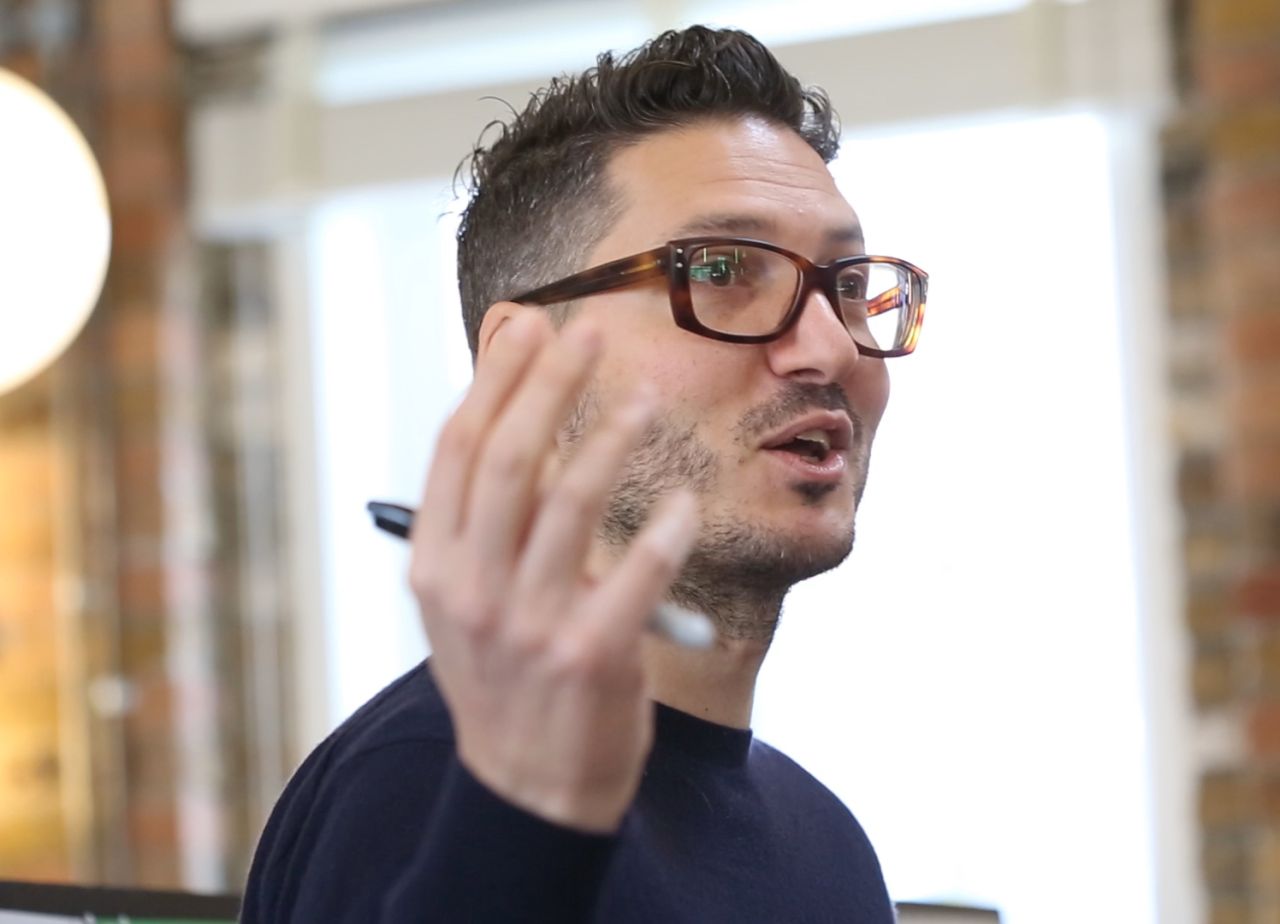
CEO Mat Heinl, Moving Brands. Image courtesy of Moving Brands
Up next is Moving Brands, a global creative company with studios in San Francisco, New York, London and Zürich, and an excellent client portfolio that includes Facebook, Netflix and Google.
It's come a long way since its days as a bedroom start-up. Enjoying the same age as Google, it's now celebrating its 20th anniversary. It seemed only fitting to ask its CEO, Mat Heinl, to share the ideas that have guided his approach to work (and helped to build such a globally-renowned creative company.
Looking at how the creative landscape has evolved since Moving Brands was founded in 1998, you could dwell on the apparent differences. For instance, tech has transformed working cultures to such an extent that having your own space is now less critical. There are more networking and co-working opportunities, and working on client premises is becoming more common.
Some things don’t change, though. Creative vision, a team with shared values and a diversity of opinions are the hallmarks of a successful business, and they are central to ours. There will always be moments of doubt, especially when you’re taking significant risks, but knowing that you can add value through creativity is what sustains you and drives you to the next level.
Know your power
I’m conscious that this sounds a bit strange. ‘Power’ is a word with heft, and that’s not always associated with the activities that happen in the creative industry. However, I think this needs to change.
Creative businesses wield significant power – they have rare abilities that can help transform commodities into loved products, commercial organisations into influential brands and little-known ideas into movements. They can also give people a voice and build confidence which is a source of positivity for people.
Work on purpose from day one
Early on, take the time to decide why you are in business. When things get hectic, you’ll struggle to carve out headspace to do this. This isn’t about writing a snazzy tagline. If you can articulate your purpose, you can use that idea to make decisions that guide you through highs and lows without losing your soul.
Picture your "Perfect Portfolio"
At Moving Brands, we concentrate on developing the ‘Perfect Portfolio’ of partners we want to work with. The word ‘partner’ is important here: we do not see ourselves as suppliers or vendors but allies that share goals with our partners.
It’s about creating value and nurturing relationships rather than merely delivering a product or solving a specific problem. When you imagine your ideal partner, it’s easy to be drawn towards the big and exciting consumer brands – the ones that are already famous.
Yet part of the joy of this exercise is exploration; you’ll discover groups of people doing immense things that are below the radar. Some of these companies have the potential to be unique, and they are the ones that can benefit the most from the right mix of creativity, business design, and harnessing technology.
When you work with a company, you are endorsing them
In the early days, it’s tempting to take whatever work you can get – but we’ve always known what types of organisations we wanted to work with and have done our utmost not to stray from that. You have to do the things that make sense and consider what success means to you, but you can also define what is important to you beyond commercial success.
It’s dangerous to try to fit into everyone else’s idea of success. I know people who are good at finding overlaps between personal passions and what’s right for the company. That overlap is the sweet spot. When passion is what drives you, you can turn down work from potential clients in industries which don’t align to your values.
Think about it as if you are investing your creative capital for the long-term
We know that no client is ever perfect. Each one is on a journey as are we. Sometimes they are going through a period of significant upheaval. We think about what we can teach each other, and how we can help them to improve over the long-term. It’s not just about the immediate challenges, but also their future vision and what they see as their purpose in the world.
By moving beyond short-term problem solving, you may even create some problems in the initial stages. The goal, however, is never to lose sight of how you can ultimately add value.
The wall’s the boss
The fervent excitement founders bring at the start can quickly disappear if it isn’t looked after properly. There are lots of different reasons for this – focusing solely on individuals, fatigue, boredom, or even a change of ownership. Though ‘collaboration’ is becoming something of a buzzword, we find communication and transparency are essential to keeping that spirit alive.
We also see that diversity is vital, which is why we encourage debate and a culture of openness. This manifests itself through practical actions like displaying work-in-progress on the walls.
At Moving Brands, when work goes on the wall, the wall becomes the boss. This helps address unconscious bias and subjectivity. We also love light because it grows excellent ideas, and it disinfects bad ones.
Don’t do open heart surgery every five years – change 1% a week
We use collaboration tools as a default and have regular and protected sharing sessions where experiences and methods can be discussed and improved. Underpinning all of this is a big commitment from leadership and people in senior roles to be very open about the company vision, objectives and performance.
Everybody is encouraged to input to and get stuck into making our dreams reality. That’s how we often achieve 1% change each week, which equates to a new business every two years.
Take (measured) risks
With so few people making their business idea a reality in the first place, getting started is already a win. We’re lucky to have entrepreneurs in the company – they bring a can-do attitude which we all benefit from and is valued by our partners who are founders.
When we moved into the North American market, we were fortunate that our co-founder Ben Wolstenholme was willing to uproot and start a new life in San Francisco. Not only that he had a very young family, and we treated the studio like any other start-up where no clients were gifted to it from another studio. It made us all think about the business more intentionally.
There are no hierarchies in creativity
Our process is the opposite of many agencies, which may take a linear approach, starting with one ‘big idea’ and then devolving the work to the art director, designer, and so on. Instead, at Moving Brands, ideas are sketched and crafted using code, pencils, words, sound or other media, we invite people to explore ideas fully and early. This is underpinned by having full confidence in our technical abilities.
More generally, everyone in the business is always encouraged to talk about their own work. We avoid creating middle-man roles who can over-steer the work and close down the interface with partners.
Creativity by definition is limitless
I see it alive and well in every walk of life. The creative industry or an innovative business does not have sole claim on creativity. What they do have is education, capability and access to people and situations where that potent talent can have an impact.
The question for us now is how to best harness our abilities in the future. At Moving Brands we’re continually looking at what we want our creativity to be used for. We’re addressing every aspect of what we do in the world. From who we partner with to what we stock the stationery cupboard with.
I’m optimistic about creativity making the world better; you’d expect me to say that because I am a designer. But because I am also a business leader, I see that being part of a creative organisation is one of the best ways to achieve this.




 by Tüpokompanii](https://www.creativeboom.com/upload/articles/58/58684538770fb5b428dc1882f7a732f153500153_732.jpg)

 using <a href="https://www.ohnotype.co/fonts/obviously" target="_blank">Obviously</a> by Oh No Type Co., Art Director, Brand & Creative—Spotify](https://www.creativeboom.com/upload/articles/6e/6ed31eddc26fa563f213fc76d6993dab9231ffe4_732.jpg)










